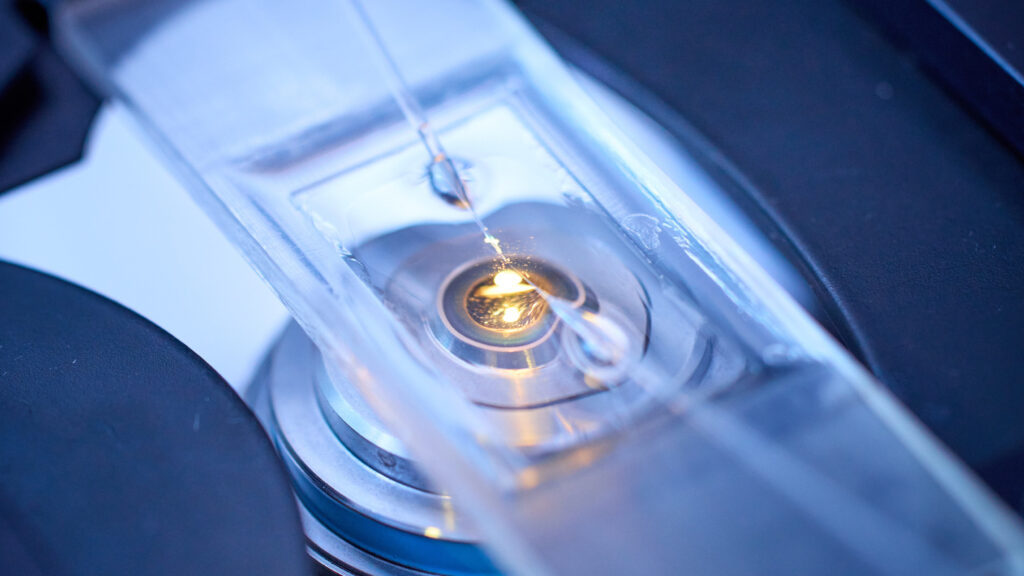
Standard Knockout
Constitutive Knockout mouse models are generated by injection or electroporation of CRISPR/Cas9 ribonucleoproteins (RNPs). Cutting of these RNPs can lead to knockout of a gene via a frame shift induced by non-homologous end joining (NHEJ) or by cutting of crucial exons or regions in a gene, all leading to a loss of protein expression. As this mechanism is quite efficient, even deletion of larger regions or several neighbouring genes are possible.

Insertions of precise mutations, small insertions and tags
When a small single-stranded oligonucleotide is added to the CRISPR/Cas9 RNPs for injection or electroporation, it is possible to insert small changes with this oligo. The cell is then applying homology directed repair (HDR) instead of NHEJ, using the oligonucleotide as repair template. HDR is slightly less likely than knockout, but still very efficient when generating small changes (up to 500 bps). Point mutations, small insertions and tags (i.e. Myc-, His-, or Flag-tags) can be inserted using this technique.

Conditional Knockout
For conditional knockout of a gene, two recombination sites (like loxP-, rox- or frt-) have to be inserted flanking a crucial exon or region of a gene. This can be achieved with the technique of EASI-CRISPR. With the addition of a long single-stranded oligonucleotide, HDR leads to recombination with the (twice) cut region in the genome and introduction of the recombiantion sites. Here, both have to be injected into the pronucleus of the oocyte. As a by-product constitutive knockout mice are often generated, too.

Transgene Knock-In
For the generation of larger, more complex knock-ins like fluorescent proteins or other transgenes, it depends on the gene and the insertion site whether it is possible to use CRISPR/Cas9 or “conventional” gene targeting in ES cells for a project. Please contact us and we will discuss with you, what are the differences, the advantages and disadvantages in the usage of CRISPR/Cas9 vs. ES-cells for your project.

In addition to CRISPR/Cas9 based approaches we also offer „classical“ approaches for the generation of transgenic mice including blastocyst injections of modified embryonic stem cells (ES cells) as well as DNA microinjection. Please contact us for further details.
